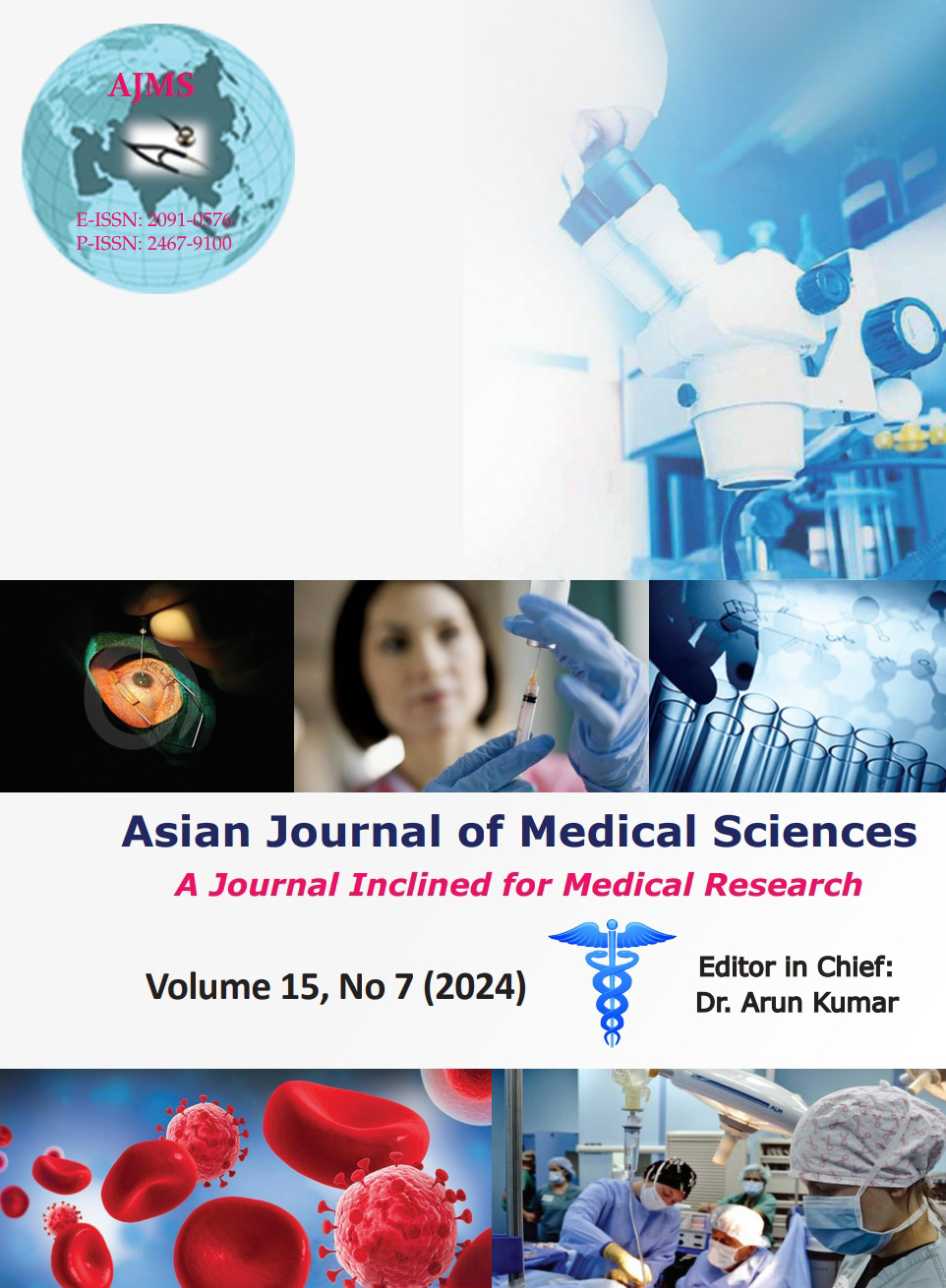Demographics and ultrasonography findings of mastalgia in a tier 2 city of India
Keywords:
Mastalgia; Breast imaging-reporting data system; Ultrasonography; Breast lump; Breast imagingAbstract
Background: Breast pain is the second most common breast symptom (after breast lump) for which women seeks medical attention. Breast pain can affect daily life, including sleeping, or physical, social, and work-school life. Mastalgia is one of the common causes for women in tier 2 city visiting health care facility but there are only few studies which focus on demographic findings and ultrasonographic findings in mastalgia.
Aims and Objectives: The objective of this study was to study demographics of breast pain in a tier 2 city and ultrasound evaluation of mastalgia.
Materials and Methods: In this prospective study, 143 patients presenting with mastalgia irrespective of focality, duration, or cyclical nature were included. In these patients, we studied demographic profile and ultrasonographic findings in mastalgia.
Results: About 37% women were in 20–29 years of age group and least number was in 70–79 years of age group. About 86% of women in our study were in reproductive age group. Most patient with mastalgia have associated palpable lump (58%) followed by 43% patients with mastalgia and nipple discharge, only 27% of patients have mastalgia alone whereas 4% women have pain with skin changes. The majority (49%) of mastalgia cases fall under the breast imaging-reporting data system (BI-RADS)-I category while cases in BI-RADS-IV and V category were 2 and 1, respectively.
Conclusion: Women in their reproductive age group and in their 3rd decade of life are more prone for mastalgia. Ultrasonography is also helpful in detecting cancers in setups where routine mammography is not possible.
Downloads
Downloads
Published
How to Cite
Issue
Section
License
Copyright (c) 2024 Asian Journal of Medical Sciences

This work is licensed under a Creative Commons Attribution-NonCommercial 4.0 International License.
Authors who publish with this journal agree to the following terms:
- The journal holds copyright and publishes the work under a Creative Commons CC-BY-NC license that permits use, distribution and reprduction in any medium, provided the original work is properly cited and is not used for commercial purposes. The journal should be recognised as the original publisher of this work.
- Authors are able to enter into separate, additional contractual arrangements for the non-exclusive distribution of the journal's published version of the work (e.g., post it to an institutional repository or publish it in a book), with an acknowledgement of its initial publication in this journal.
- Authors are permitted and encouraged to post their work online (e.g., in institutional repositories or on their website) prior to and during the submission process, as it can lead to productive exchanges, as well as earlier and greater citation of published work (See The Effect of Open Access).




